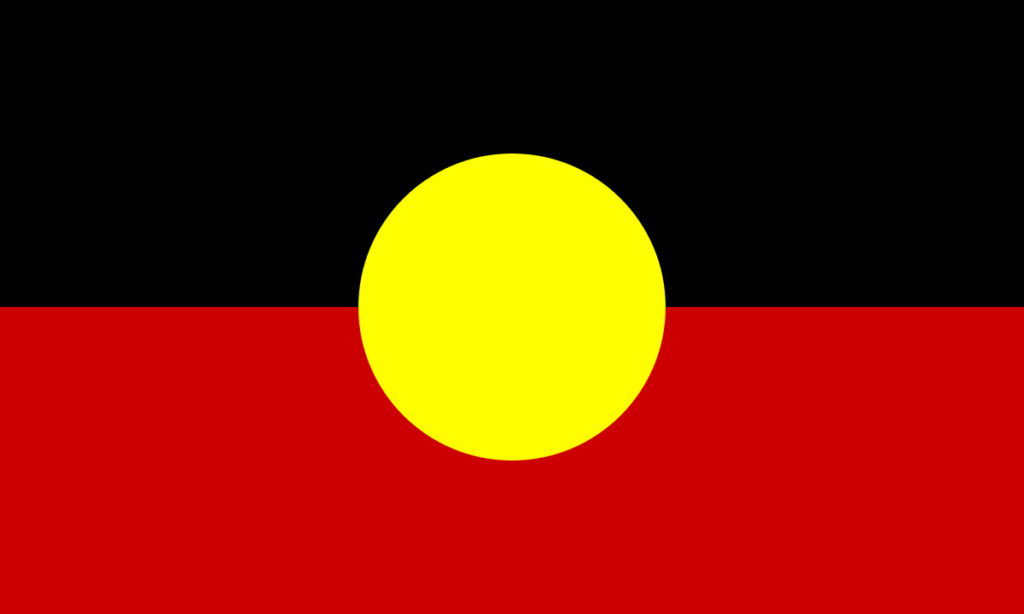It’s a trend. Oh, of course, everything is changing in marketing and communication. It starts with the following: (hold on to your chair) huge numbers of followers are no longer the big goal.
You can get angry, that’s the fact.
Now, the focus is on building true communities, with deep connections and an irreplaceable human touch.
Sounds cliché? I know, but that’s exactly what’s making the difference for brands that want to not only survive, but stand out in an increasingly demanding market full of possibilities.
Have you ever wondered why someone should buy from you and not from your competitor? Well, that’s right!
We’re talking about creating genuine relationships with those who really matter. That’s why I truly believe what everyone is saying: community is the new asset.
The reason? Simple: the human touch still rules.
Even with all the evolution of artificial intelligence (and I love following the latest AI news, I’m not a denier, believe me), people are looking for real interactions that have human warmth.
They want to see the brand’s face, hear true stories and feel part of something bigger. That’s where the power of co-creation comes in. That old idea of ”building loyalty” with discounts no longer has the same effect. What people want is to get involved, participate, co-create, give their opinion and help shape the future of the products and services they love.
And yes, now we have to talk about those ESG (Environmental, Social and Governance) actions that are increasingly strong.
There is a report by PwC showing that 52% of financial institutions in the Asia-Pacific (APAC) region have set net-zero emissions targets, but only 8% of these targets are actually validated by the Science-Based Targets initiative (SBTi).
The study also shows that, although only 25% of institutions are using scenario analysis, this number tends to grow due to regulatory pressures — which makes perfect sense when we think of sustainability as a fundamental pillar for the future of brands. In addition, almost half of these institutions address biodiversity in their sustainability reports, which proves that this topic is also starting to gain traction.
This all connects with the idea that communities can become spaces for exchanging experiences on ESG, sustainability and innovation. Instead of creating mass content, brands have the opportunity to offer exclusive environments, where people feel they belong to something valuable and are willing to share insights, collaborate on projects and learn together.
It’s that simple…
At the end of the day, those who understand that the strength of a brand comes from deep relationships — with genuine concern for environmental and social impact — will come out ahead.
I’ve said this a zillion times here on the blog: it’s not enough to just sell, you need to create stories, involve people in the journey and build something that has real meaning. And the best part is that, when we look at it from this angle, it becomes clear that the future of marketing and communication is less about numbers and more about connection, commitment and people.
And you, how is your community doing?
Share this post:










